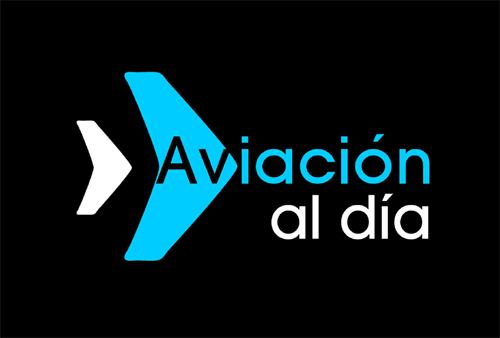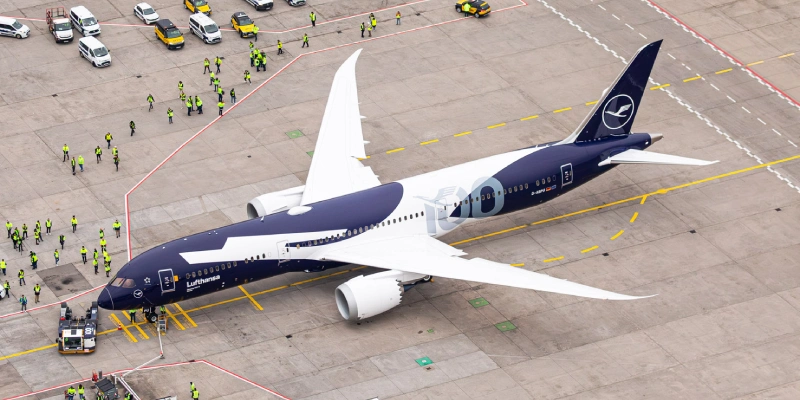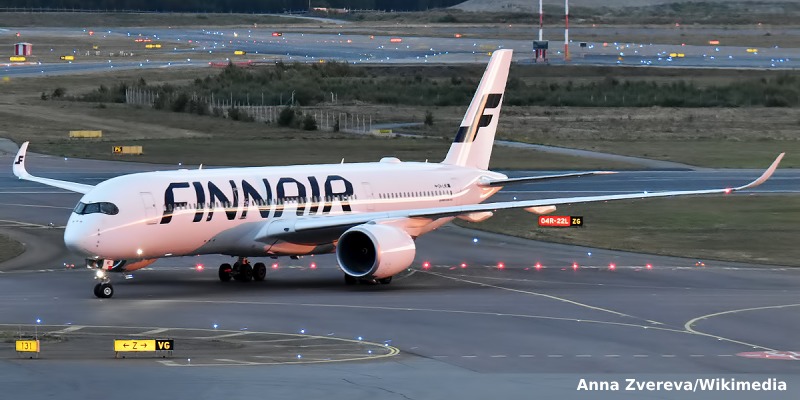Embraer has revealed wide ranging upgrades and performance improvements across its commercial jet product line up.
The upgrades on the E195-E2, E190-E2, and E175, including fuel burn and range improvements, avionics and cabin upgrades, were announced at the Farnborough Air Show.
As well as improving operational effectiveness these measures also deliver a net present value of US$6million per aircraft over 15 years in cost reduction and additional revenue.
“We aim to continually improve our aircraft and these upgrades announced today is great news both for our customers and their guests. Embraer is committed to providing the safest, most efficient, most comfortable, and most commercially savvy jets to our customers”. Arjan Meijer, President and CEO, Embraer Commercial Aviation, said.
Embraer E175
The E175 is receiving a set of upgrades following its last update in 2016 which improved fuel burn by 6.4%. The improvements, available to customers upon request, focus on the cabin and passenger experience, as well as updating some avionics to be more in line with the E2’s.
The E175’s overhead luggage bin capacity will double in size to be similar to those on the E2, now fitting one bag ‘wheels first’ per customer as in the E2. Mood cabin lighting as seen on the E2 will also become available, as will new Recaro seats.
→ Embraer increased deliveries 88% on quarter in 2024
Satellite connectivity will soon be available for the first time on the E175, a major boost for business travelers and those that want to stay connected in the sky. Both Ku and Ka band satellite connectivity will be available for retrofit by 2026.
Finally, data transfer solutions and the weather radar will be upgraded to match the capabilities of the E2. This will enable digital transformation and wireless retrieval of flight data and will be available by Q4/2024The next generation weather radar provides turbulence detection and alert, predictive windsheer detection, and 3-D volumetric scanning and will be available by Q2/2026.
Embraer E2
Fuel burn on the both E2s is improved by 2.5%, making the E195-E2 12.5% more fuel efficient than the closest competitor aircraft. On entry into service the E2 was notably more fuel efficient than advertised. The better burn rates airlines experienced in real world operations have now been ratified.
Range on the E195-E2 has been boosted from 2600NM to 3000NM. The new Max Take Off Weight of 62,500kg was recently certified, which combined with the lower fuel burn provides this range improvement.
Engine improvements on the E2s GTF engines will increase time on wing by 10%. This is achieved by optimizing climb thrust which demands less of the engine, therefore reducing engine degradation and increasing time on wing. It is expected this will save operators US$0.5million over 15 years.
Embraer also unveiled its E2 Enhanced Take Off System for the first time. This automatic take off system produces a more precise and efficient rotation moment and flight trajectory, reducing the required field length and pilot workload; meaning more payload and more range from challenging airports. This gives the E2 best in class performance from airports like London City, Florence, and Santos Dumont.
Cabin optimization on the E195-E2 has allowed Embraer to fit in an extra row of four seats to most configurations. For example, an aircraft configured for 136 seats, would now be able to seat 140 passengers. Max seating remains 146. Recaro seats will now also be an available option. One extra row of seats can generate extra revenue to airlines equivalent to US$4.5m per aircraft over a period of 15 years.
Related Topics
Air Europa Announces New Non-Stop Route Between Madrid and Johannesburg Starting June 2026
Lufthansa Receives Its Boeing 787-9 in Frankfurt with Special Livery for Airline’s Centennial
Finnair Announces Flights to Melbourne via Bangkok Starting October 2026
EASA Orders Inspections on Airbus A320 Aircraft for Possible Defective Panels

Plataforma Informativa de Aviación Comercial con 13 años de trayectoria.




